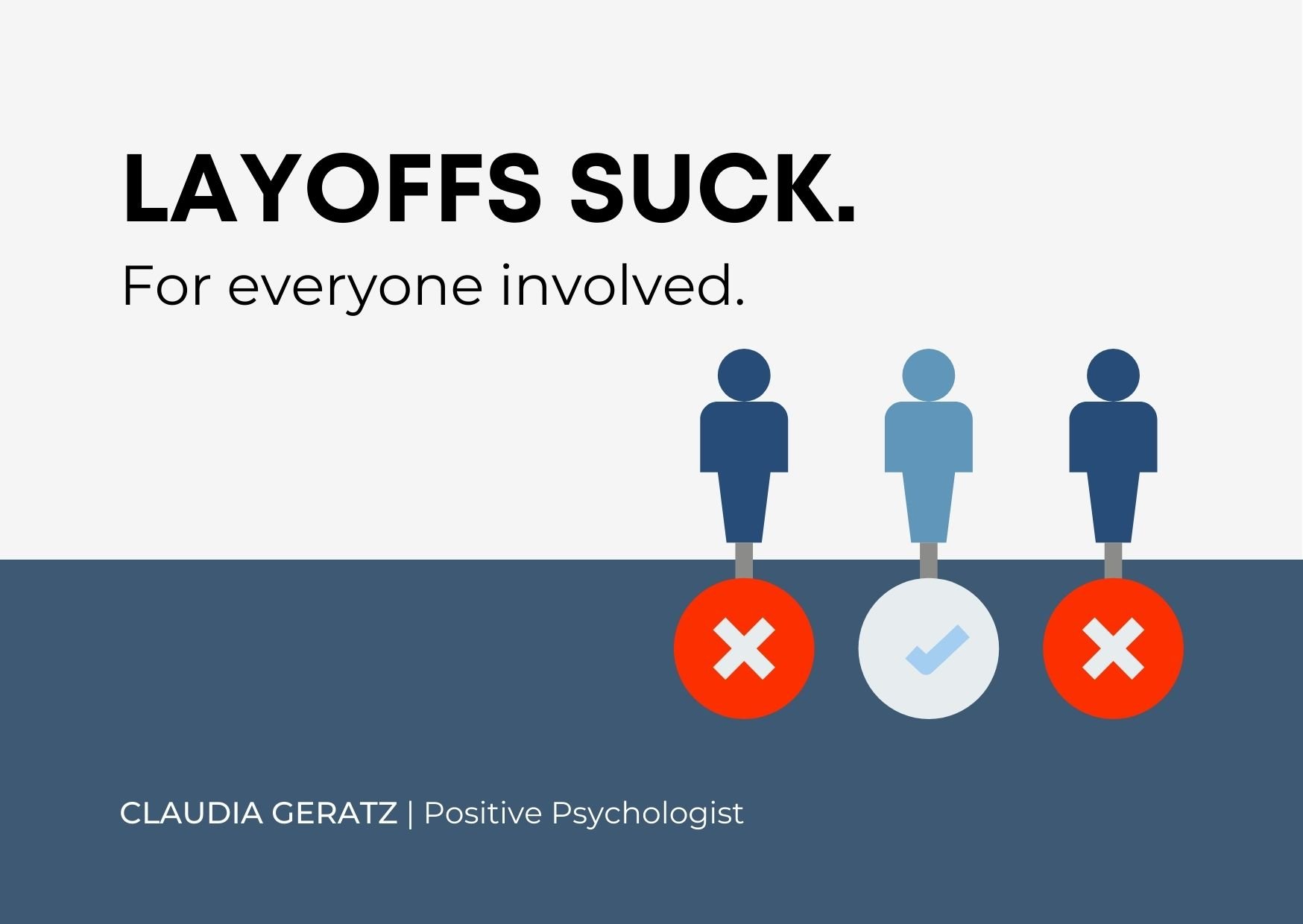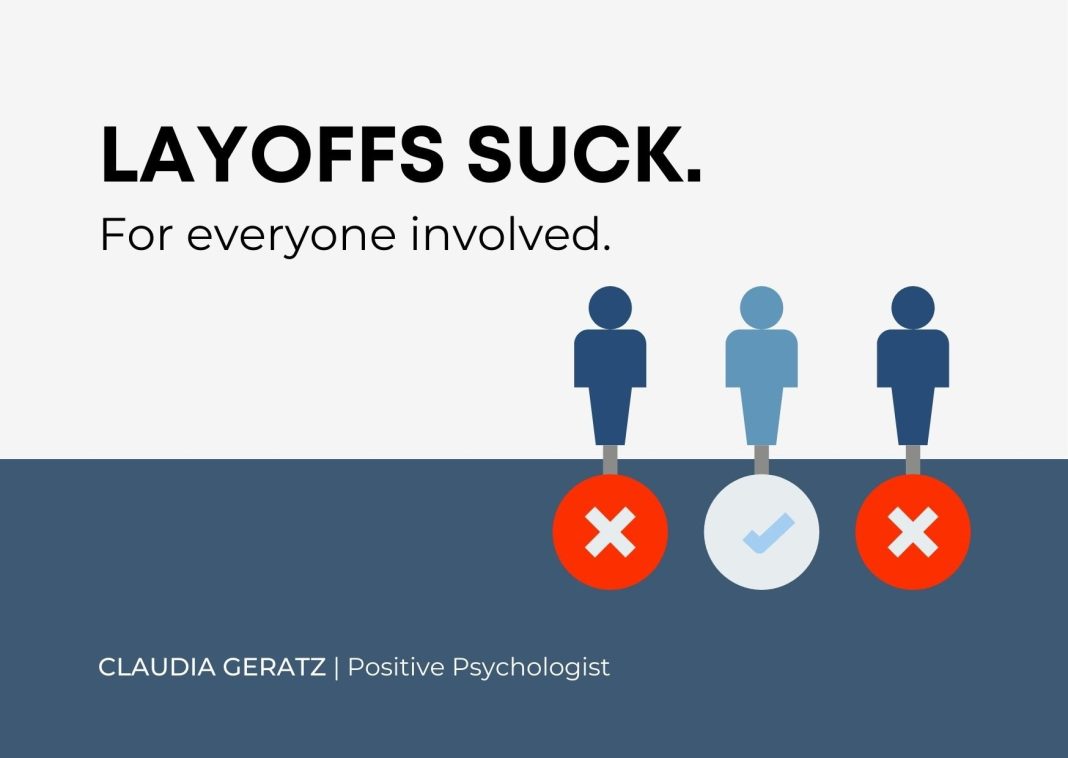 Technology and Services Dominate Layoffs in 2024
Technology and Services Dominate Layoffs in 2024
As the U.S. labor market enters the second half of 2024, it is evident that layoffs have increased compared to the previous year, while hiring efforts have stalled. According to data from Challenger, Gray & Christmas, Inc., a global outplacement and business coaching firm, U.S.-based employers announced nearly 26,000 job cuts in July. Although this figure is down 47 percent from the previous month, it represents a 9 percent increase from the same period in the previous year.
Notably, last month’s layoffs were the highest for this time of year since 2020 when over 262,000 positions were slashed. From January to July, companies have announced a total of 460,530 job cuts, which is a 4.4 percent decrease compared to the same period in 2023. However, this still marks the third-highest year-to-date total since 2009.
The technology industry led the way in layoffs in July, with 6,009 job cuts. This was followed by the services industry with 2,932 cuts, food manufacturing with 2,423, consumer products with 1,807, and health care with 1,711. The primary reasons cited for these layoffs were cost-cutting, market or economic conditions, business closures, and restructuring.
On the other hand, hiring plans have reached their lowest point since 2012, with U.S.-based firms announcing intentions to hire only 3,676 workers in July. This is the lowest total for July since Challenger began monitoring hiring announcements in 2009. From January to July, employers have announced plans to hire nearly 74,000 workers, the lowest seven-month span since 2012.
Andrew Challenger, Senior Vice President of Challenger, Gray & Christmas, Inc., expressed his concerns about the cooling job market, stating that hiring is at its lowest point in over a decade. He also noted that while there has been an increase in layoffs in manufacturing sectors, most industries are cutting below last year’s levels.
Layoffs in 2024 have been a continuation of the trend seen in the previous year. In various sectors such as technology, finance, media, and retail, companies have announced significant job cuts. For example, Google extended its global workforce reduction by terminating hundreds more employees this year. Microsoft eliminated around 1,900 individuals in June, and Amazon-owned Twitch removed 500 jobs, affecting one-third of its staff. Unity Software, a video game software company, also cut 25 percent of its employees.
The banking sector has also seen significant layoffs this year. Citigroup announced plans to lay off 20,000 employees over the next two years, BlackRock laid off hundreds of people from its workforce of 20,000, and Morgan Stanley fired hundreds of employees in its wealth-management division. Additionally, other companies like Expedia Group, UPS, Estée Lauder, and Paramount Global have also announced job cuts.
Despite the high number of job cuts, data from the Bureau of Labor Statistics shows that layoffs and discharges are still below pre-crisis levels. This indicates that the labor market is gradually returning to a better balance.
Looking ahead to 2025, economists predict that job growth will slow but remain solid. A Bankrate survey suggests that employers will create half as many jobs, with an average of 117,000 in the first quarter of 2025. Unemployment is expected to stay above 4 percent. The University of Michigan economists anticipate the addition of approximately 1.5 million jobs in 2025. However, Preston Caldwell, the chief economist at Morningstar, predicts slowing job growth until late 2025, accompanied by a falling GDP. He believes that the unemployment rate will rise around 1 percentage point by 2026 compared to its 2023 average level. Despite this, job growth is expected to recover from 2026 to 2028 in line with GDP growth, ultimately leading to a balanced job market.
In the present, businesses are slowing down their hiring efforts, contributing to the cooling job market. As Andrew Challenger mentioned, most industries are cutting below last year’s levels. It is essential for both employers and job seekers to navigate these changing dynamics and adapt to the current labor market conditions.

